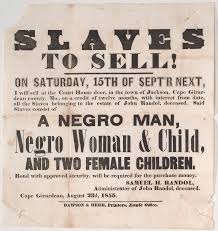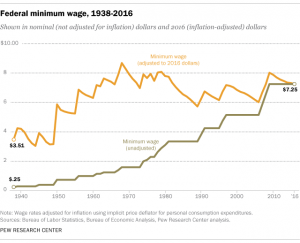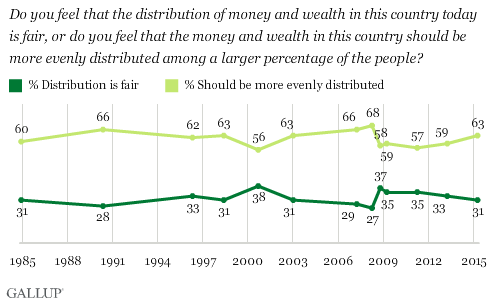 I like to paint a picture by numbers because it seems more objective to me at capturing the truth of what is real. Yes, I know that people can lie using numbers as much as they can by words. Still my preference is for numbers and evidence.
I like to paint a picture by numbers because it seems more objective to me at capturing the truth of what is real. Yes, I know that people can lie using numbers as much as they can by words. Still my preference is for numbers and evidence.
That said, there are times when numbers do not work so other methods for ascertaining the true story are needed. For example, what was the civil war about? Some believe it was clearly a fight over slavery and white supremacy. Others say it was about state’s rights. Still others say it was all about economics.
In this situation, it helps to go back to the documents—speeches and the Constitution drawn up by the Confederate States of America (CSA)–and see what clues they provide. Historical research of documents.
Background: In February of 1861 six states seceded from the United States of America and formed a new nation—the Confederate States of America (CSA). In the months that followed, seven more American states followed suit. The Confederate Constitution was approved on March 11, 1861. It was almost exactly like the U.S. Constitution. Continue reading



